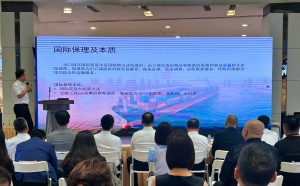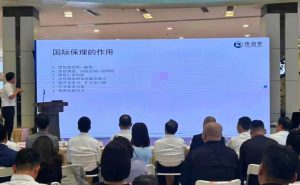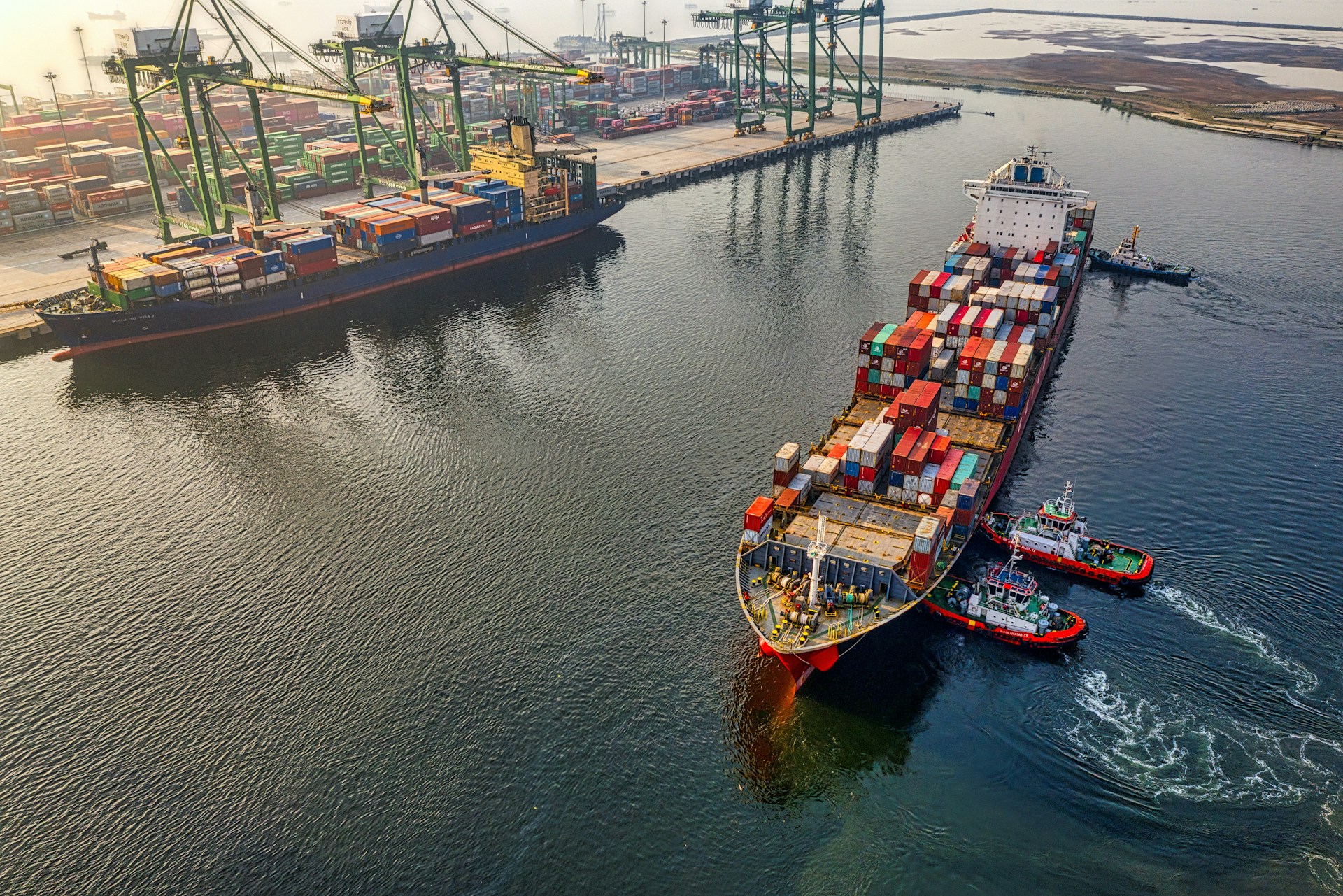We were delighted to join the economic and trade cooperation conference of “Tieling Meeting Davos” in Liaoning province, China on June 25. Organized by Tieling Municipal Bureau of Commerce, the event brought together social celebrities, experts, scholars, industry leaders, and trading companies from New Zealand, Japan, Korea, and Hong Kong.
Jason Wang, Tradewind’s Head of Sales in China, delivered a speech introducing the essence and workflow of export factoring to local exporters in Tieling. Addressing pain points of Chinese exporters, he noted: “Capital occupied by accounts receivable and increasing payment risks are challenges arising from extended payment terms in global trade.” He emphasized the outstanding advantages of Tradewind’s tailor-made export financing solutions as well as its over 24-year track record in the industry.

Jessica Li, Assistant Vice President Sales at Tradewind China, also attended the conference. Tradewind would like to express a special thank you for the invitation to this valuable event. The conference provided an excellent opportunity to build and strengthen relationships with exporters who were ambitious to grow their businesses and expand globally.


About Tradewind
Tradewind Finance specializes in cross-border transactions for sales made on open accounts, letters of credit, and documentary collections. We solve short-term cash flow issues based on your company’s account receivables in exchange for an advance of up to 95% of the total invoice value. In addition to factoring your export account receivables, we can also finance your full supply chain.
Our global supply chain finance programs can support facilities based on payables, receivables, and inventory. Using purchase order funding, inventory lending, letters of credit, and structured guarantees, our financing helps align the needs of both buyers and sellers. Contacted us!



